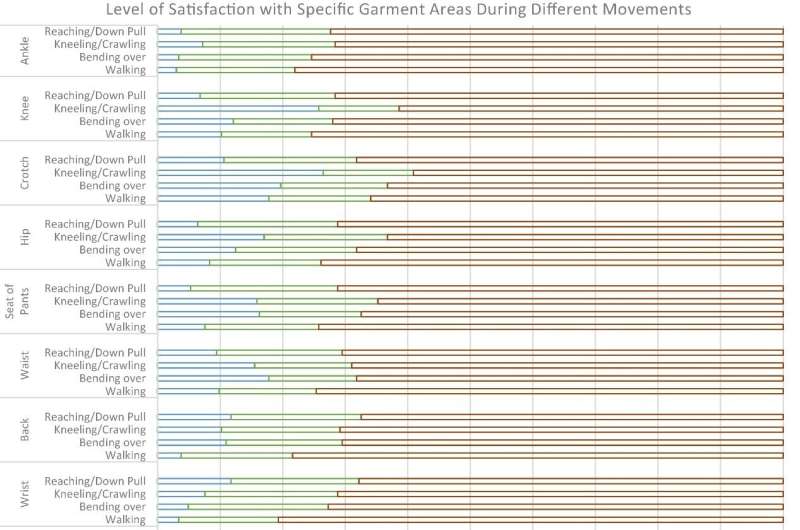
Firefighting is considered one of the most dangerous professions due to the extreme conditions and hazards that firefighters face. They must use personal protective clothing (PPC) and equipment (PPE) for safety. Despite advancements in protective gear, especially for thermal hazards, the increased weight and bulk have compromised firefighters' mobility and comfort, exacerbating the risk of overexertion, stress, and injury.
Studies have identified issues in PPC design that affect mobility, but there has been a lack of research specifically targeting the user needs of U.S. structural firefighters to improve ergonomic mobility.
Now, Emergency Management Science and Technology has published research titled "Structural firefighter personal protective clothing user needs in the US: a mobility perspective." This paper investigates the ergonomic mobility of structural firefighting PPC in the U.S., aiming to enhance design and reduce injury rates, ultimately benefiting PPC designers, product developers, and manufacturers.
A Qualtrics survey distributed across the U.S. was used to assess the perceptions of structural firefighters regarding the mobility of their turnout suits. Out of 420 completed questionnaires showed that the majority of respondents were male, full-time firefighters with extensive experience, predominantly serving in the Southeast.
While 78.1% of participants believed that their turnout suit fit properly, some concerns were raised about general fit issues, bulkiness, and restricted mobility, particularly in the crotch and shoulder areas. The evaluation of mobility and range of motion revealed that 64% of participants felt that their movement was restricted by their PPE, specifically in the crotch and shoulder areas.
The study found a significant correlation between proper fit and mobility, with significant dissatisfaction in areas like the crotch, waist, and shoulders when performing actions like bending, kneeling, and overhead reaching. Participants have expressed a desire for design improvements such as lighter weight gear, increased mobility, and improved comfort features like ventilation.
The study highlighted the necessity for better fitting gear that is tailored to individual firefighters' measurements, improves mobility, and reduces discomfort and injury risks.
The study concludes with recommendations for further analysis of fit and mobility issues by PPE manufacturer and model, in-depth insights from focus groups, and the development of prototype turnout suits with improved mobility and comfort features guided by firefighter feedback and ISO/TS 20141 PPE compatibility testing guidelines.
More information: Meredith McQuerry et al, Structural firefighter personal protective clothing user needs in the US: a mobility perspective, Emergency Management Science and Technology (2023). DOI: 10.48130/EMST-2023-0015
Provided by Maximum Academic Press
Citation: Study explores ergonomic mobility in firefighting gear: Improving the fit and function of US firefighter PPE (2024, March 25) retrieved 25 March 2024 from https://techxplore.com/news/2024-03-explores-ergonomic-mobility-firefighting-gear.html
This document is subject to copyright. Apart from any fair dealing for the purpose of private study or research, no part may be reproduced without the written permission. The content is provided for information purposes only.
